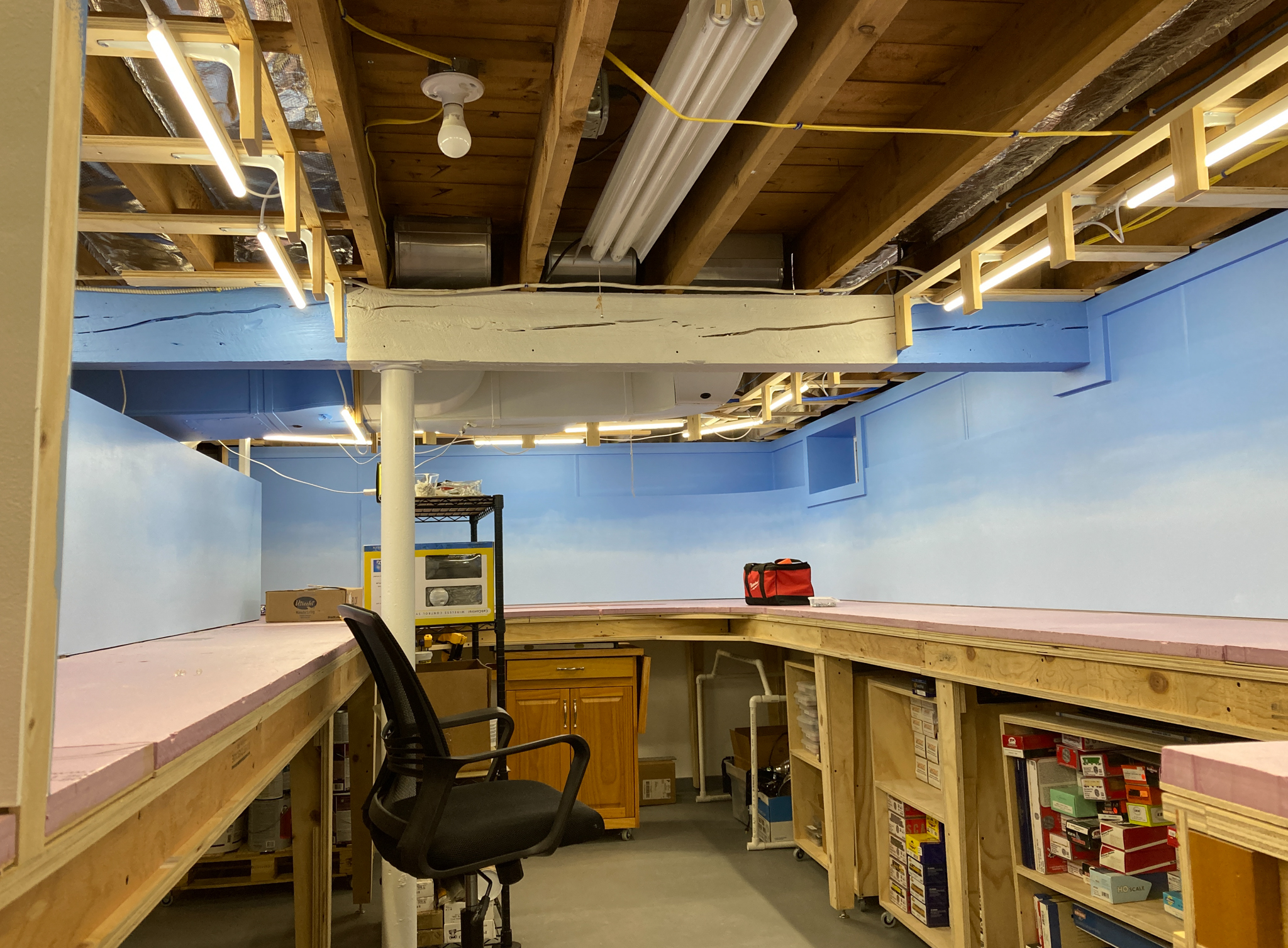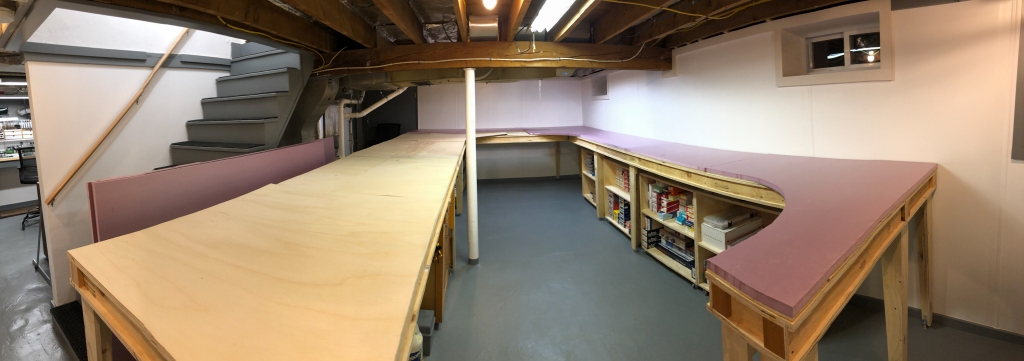Way back in my early teens, my interest in model railroading progressed from a casual pastime to a much more serious sort of pursuit. As I read about railroads and their equipment I swiftly came to realize that my models, even the reasonably accurate (for the 90’s) Athearn Blue Box GP50 in BN’s Tiger Stripe scheme (my pride and joy), were not actually that accurate. I noticed all the usual things: the flat metal handrails, the thick inset window glazing, the horrible (or complete lack of) draft gear. However my main hang up was always the frame. It seemed like every model I could afford (brass being so expensive it might as well have existed solely on the moon) had a frame that made absolutely no attempt to simulate what was actually there on a real locomotive.
Though cutting plastic wasn’t exactly easy, it didn’t take long for me to figure out how to modify a locomotive shell. Cutting a pot-metal frame was a different story though. I eventually figured out how to use a rotary tool and file but I was never satisfied with the results or the amount of time and energy it took to achieve them. Having no experience with metal work and not being the sort of kid that took shop class in school (much to my current self’s disappointment) the path forward remained murky for years. At some point though I became aware of a machine called a “Mill” that could quickly and accurately cut metal. After that I learned that a mill could cut more than just metal and that there were much smaller versions of the giant Bridgeport machines I’d seen pictures of. Finally, the clouds parted and I discovered that other model railroaders had these little machines and were doing exactly what I wanted to do with them. That’s when I decided that someday, as soon as I had both money and a place to put one, I would buy a mill, I would learn how to use it and my models would finally live up to my expectations.
Continue reading “Buying a Mini Mill”










